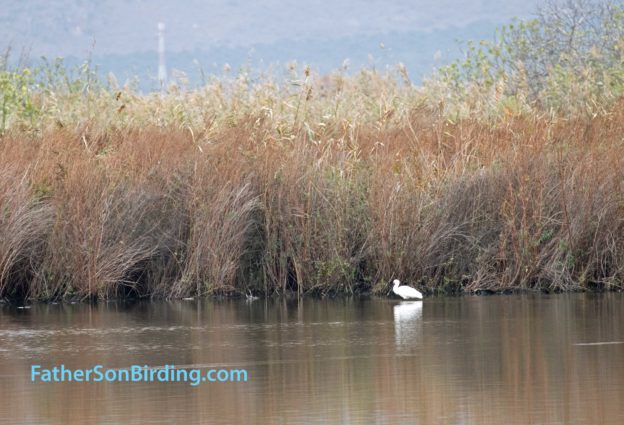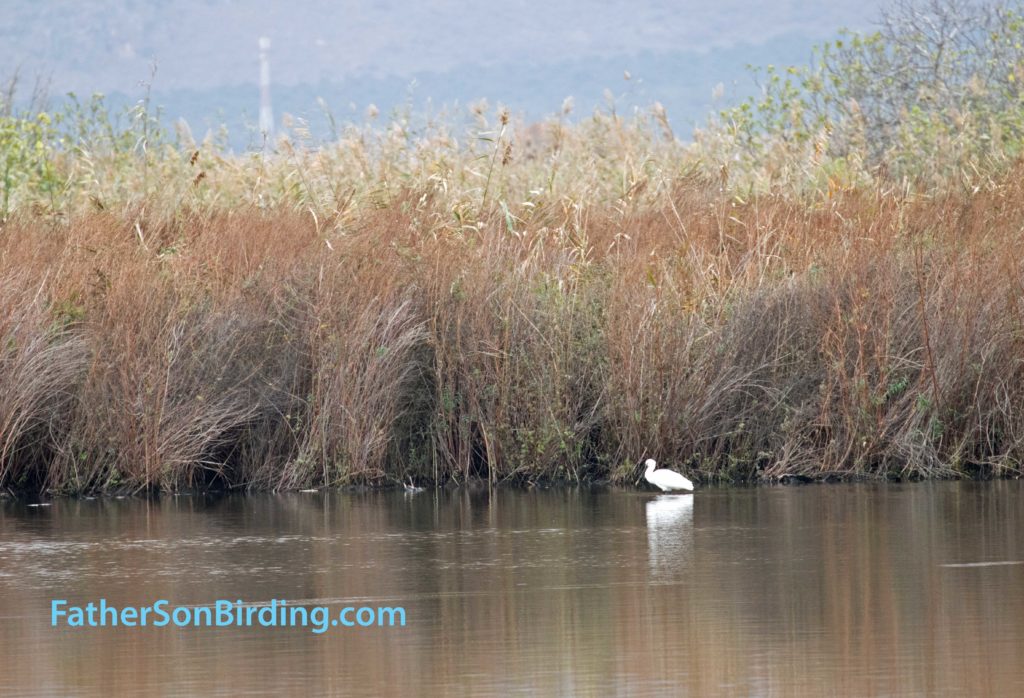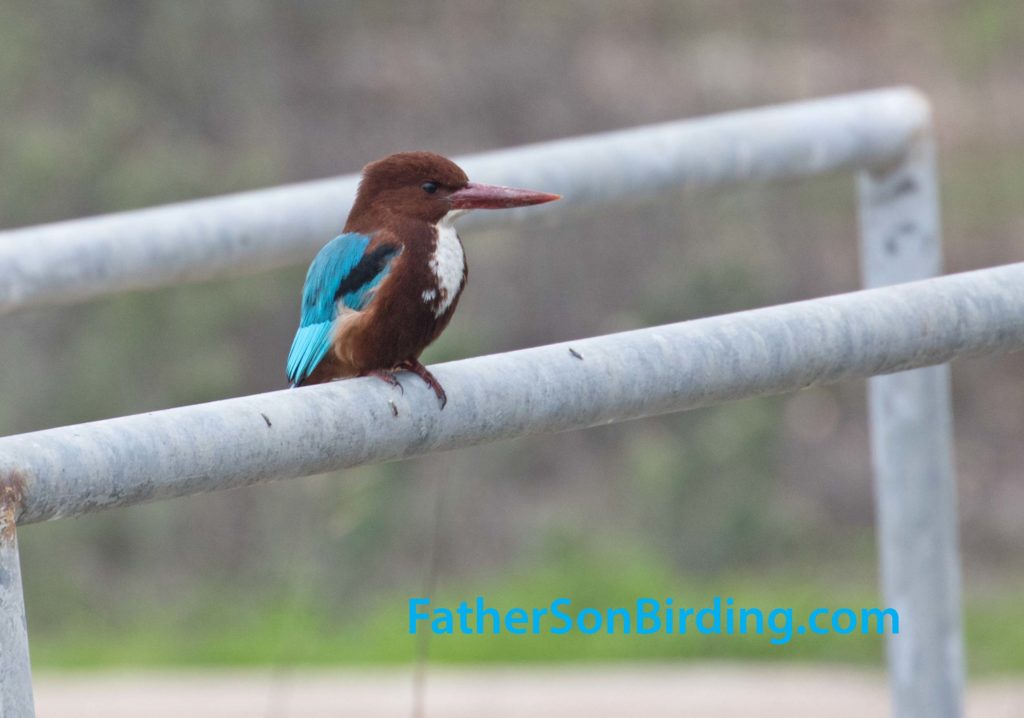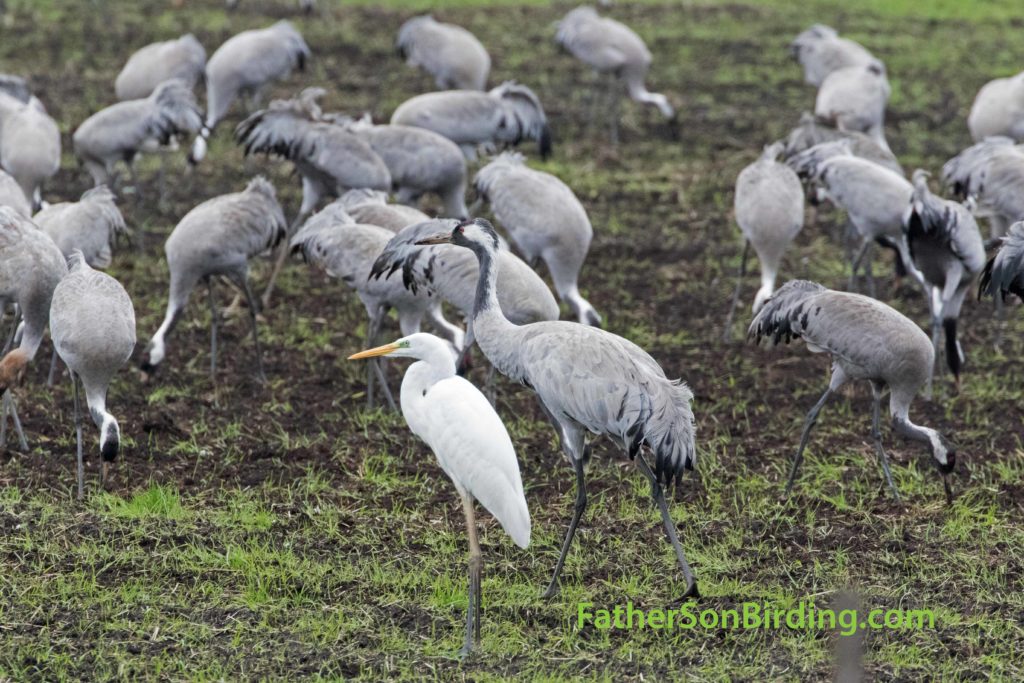Thank you for sharing this post. To subscribe, please fill out the info in the box down and to the right.
I especially looked forward to Day 4 of Birding Therapy Week because I would get to take a hike with one of my favorite Missoula people, Paul Queneau. As fellow Assistant Scoutmasters, Paul and I have shared a number of adventures including helping lead Scouts for week-long trips down the Missouri River and to Glacier National Park. Paul is an outstanding photographer, writer, and naturalist, so we always have a lot to share when we get together.

Before meeting up with Paul Thursday morning, however, I wanted to make a quick stop at the base of Mount Jumbo because Braden had spotted his first Nashville Warbler of the year there the day before. The shining sun bode well as I hiked up a short little trail to a brushy area that often holds an assortment of great spring songbirds. In no time, I heard the calls of a Spotted Towhee and a Western Meadowlark. I also detected a song that I thought might be the Nashville and . . . it was! Nashville Warblers are one of my favorite spring Montana birds and this little guy just put a huge smile on my face. As a bonus, I scored two more Year Birds I didn’t expect: Calliope Hummingbird and Vaux’s Swift!
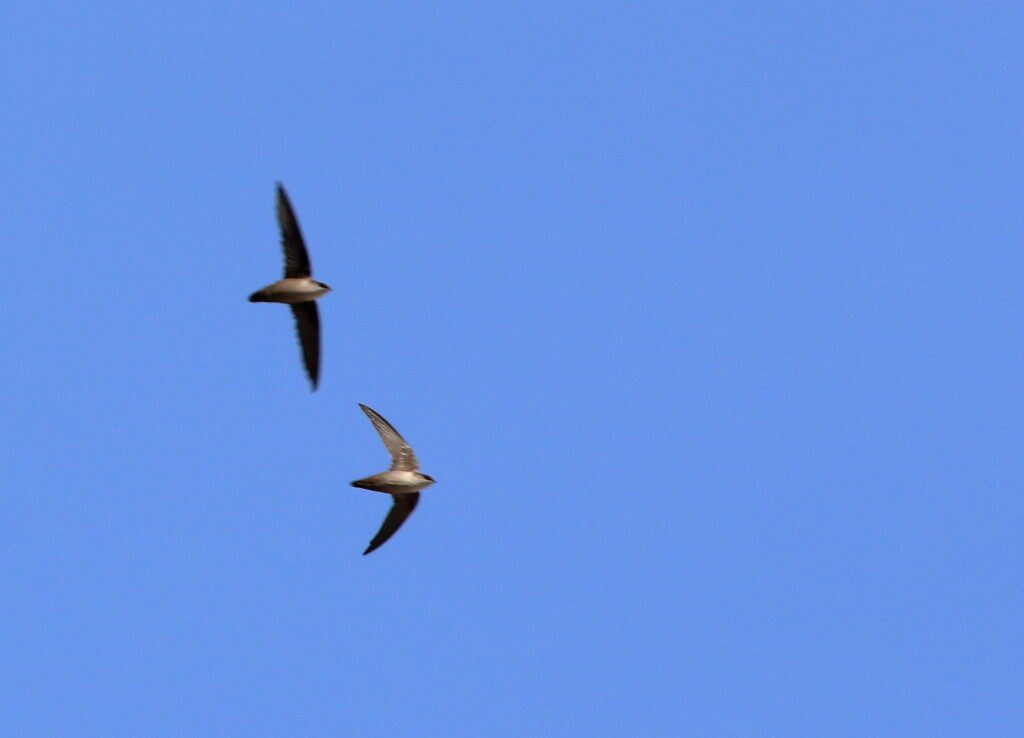
Flush with three Year Birds, I picked up Paul and he directed me to a new trail I’d never been on out near the Canyon River Golf Club in East Missoula. Though more of a mammal man, Paul has been staking out the site to photograph hummingbirds and Spotted Sandpipers. We headed down along the river hearing multiple Spotted Towhees and Song Sparrows, but didn’t see any Spotted Sandpipers. Then, a bird flew in and landed right next to the water. I assumed it was a sandpiper, but focusing in I found myself staring at an American Pipit—a total surprise for this time of year and location, at least for me. American Pipits breed in alpine and Arctic habitats, and can be found at lower elevations/latitudes during migration, but Braden and I had never seen them along a river like this. Best of all, it was another Year Bird pour moi—and not the last.
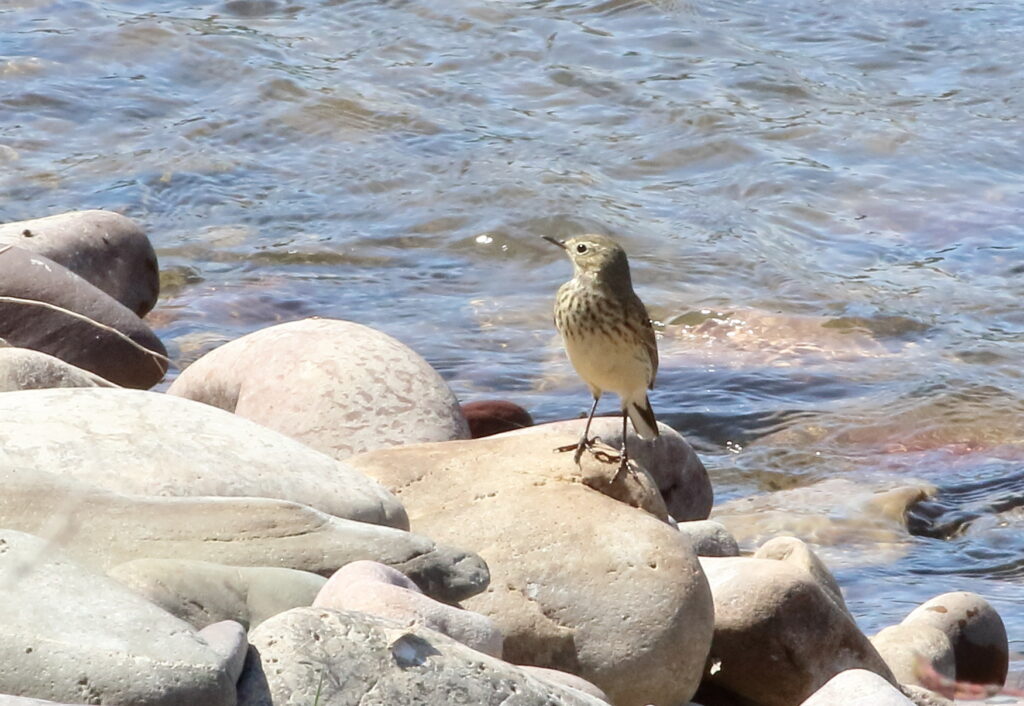
As Paul and I kept walking, pleasantly chatting about birds, writing, photography, and more, we saw a sparrow fly into a bush. We’d been hearing a lot of Song Sparrows singing and thought it might be one. Closer inspection revealed yellow above the eye—a sure giveaway for Savannah Sparrow, and Year Bird Number 5 for the day! All too soon, we had to turn around so we could get back to work, but it was an exhilarating morning, and I knew I would return to this spot again and again—hopefully with both Paul and Braden.


